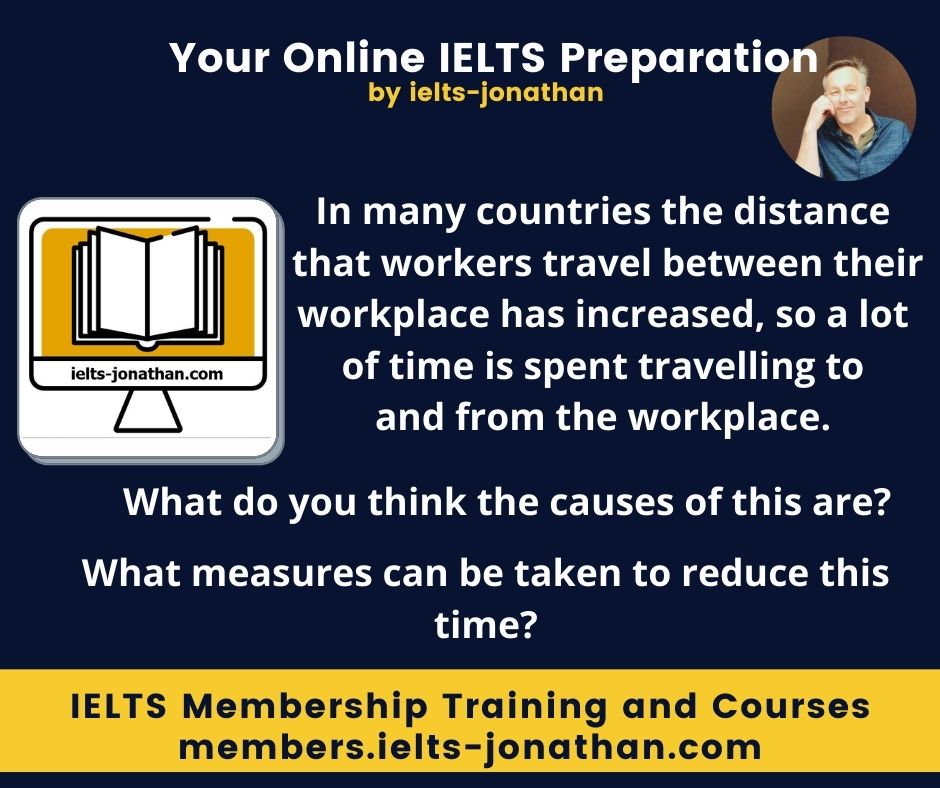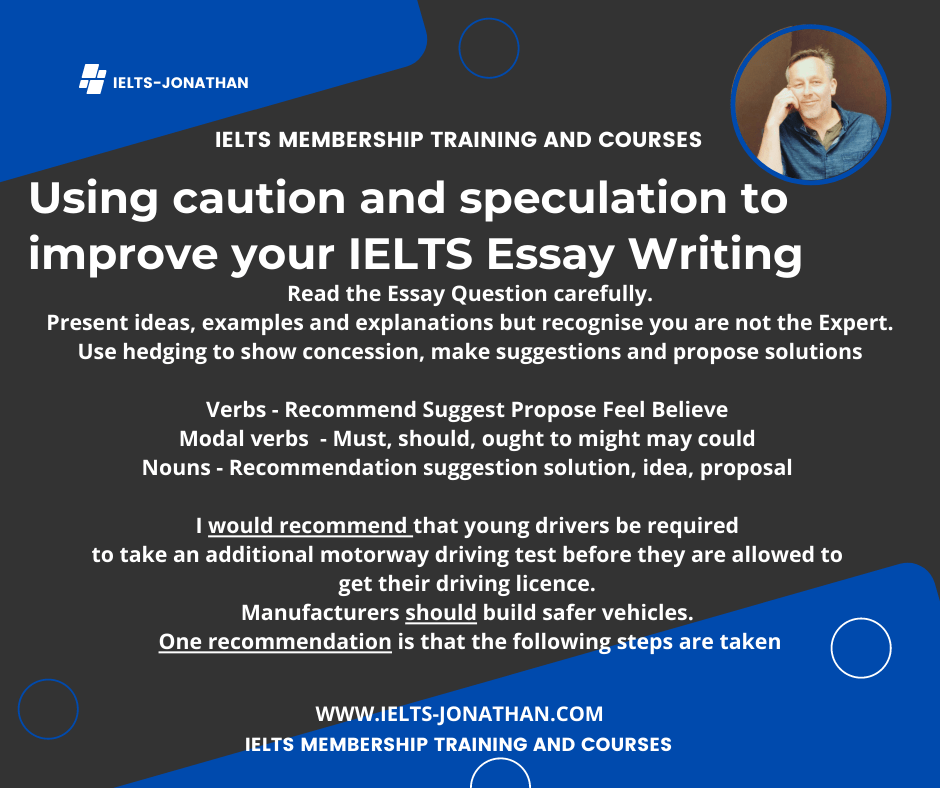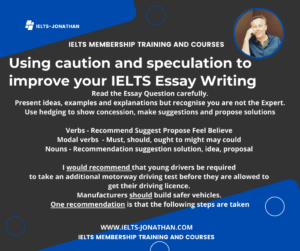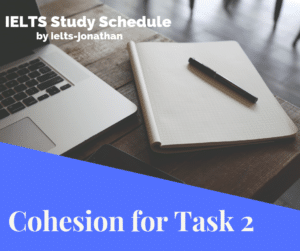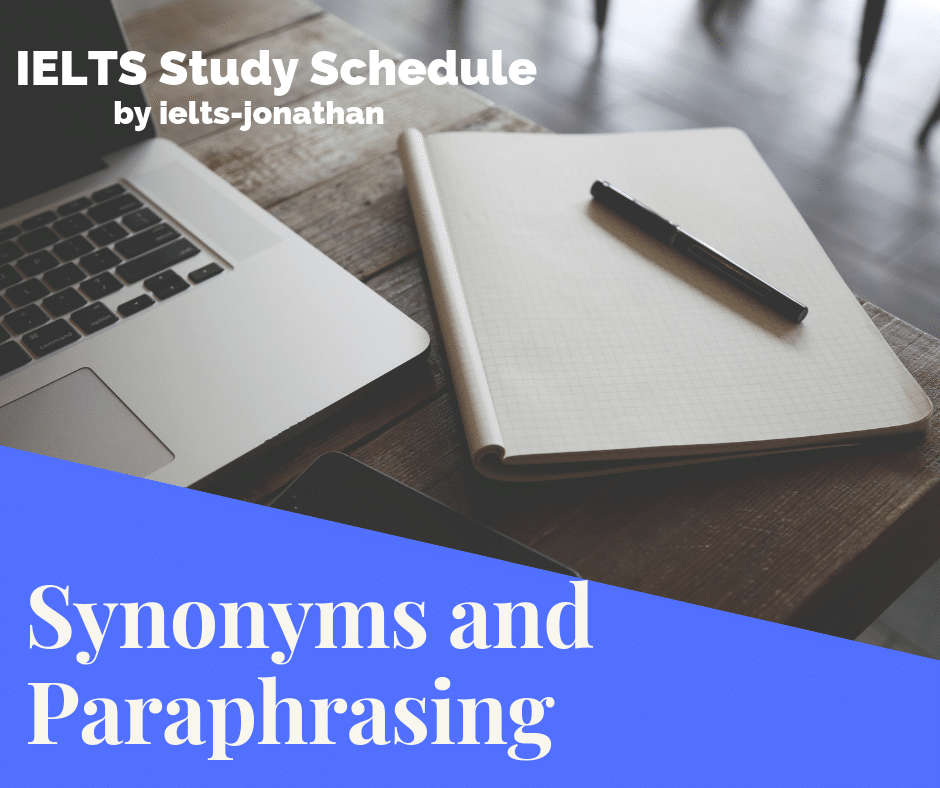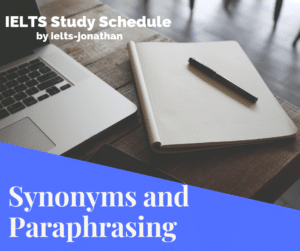What measures can be taken to reduce this essay
The advice I am giving here is only the approach that I took to answering and writing this IELTS question from Cambridge English IELTS.
It is perfectly possible to answer the question differently with diffferent ideas and development.
However, I consider my aproach and structure to be the best method for the type of information and the time allowed to get a IELTS 7+ or more for this question.
Thinking about the structure
1️⃣ Introduction: Start with a hook, provide background information, and clearly state your opinion/argument. Aim for 2-3 sentences.
2️⃣ Body paragraphs: Divide your essay into 2-3 body paragraphs, each with a clear topic sentence. In this example, you only need two body paragraphs: one to discuss the causes and then the second to discuss the possible measures. Use examples, data, and evidence to support your argument. Aim for 5-7 sentences per paragraph.
3️⃣ Conclusion: In a typical essay you should summarize your main points, restate your opinion/argument, and provide a final thought or recommendation. Aim for 2-3 sentences. In this example, a conclusion is not needed. 🙂
📊 Measuring your writing: IELTS essays are graded based on 4 criteria: Task Response, Coherence and Cohesion, Lexical Resource, and Grammatical Range and Accuracy. Make sure you address each of these criteria in your writing to maximize your score.
👍 Don’t forget to practice regularly and get feedback from a teacher or tutor to improve your writing skills.
Thinking about a plan
📝 Writing an IELTS essay for a cause can be challenging, but with the right planning and measurement, you can achieve success! Here are some tips:
1️⃣ Start by understanding the prompt and the cause you want to write about. This will help you stay focused and on-topic throughout your essay.
2️⃣ Make a plan for your essay. This should include an introduction, body paragraphs, and a conclusion. Decide what points you want to make and in what order you will present them.
3️⃣ Use evidence to support your points. This can include statistics, examples, and quotes from experts. Make sure your evidence is relevant to your cause and supports your argument.
4️⃣ Measure the effectiveness of your essay by reviewing it after you’ve finished. Ask yourself if you’ve made a clear and compelling argument, if your evidence supports your points, and if you’ve effectively addressed any counterarguments.
5️⃣ Finally, don’t forget to proofread your essay for grammar and spelling errors. These can distract from your message and hurt your overall score.
👍 With these tips, you can plan and measure your IELTS essay for a cause effectively.
Writing: the process
First of all, I re-read the question to make sure I was on topic and then jotted down a few basic reasons for this development (and I noted a few expanding points with examples).
I also did the same with the measures that could be taken – writing my proposal solution with an expanding point and examples as to how this would benefit workers and employees.
Then I got to work on writing my hook and introductory paragraph. I decided to keep this quite short and to the point so I did not ramble.
I decided I would explain why this development has happened by contrasting typical past working conditions and patterns with the results of education, aspiration and opportunities that many people have nowadays.
I kept this as brief as I could while maintaining coherence so my point was clear.
I moved onto the first body paragraph that should deal with a more detailed explanation of the causes of the development.
I introduced and expanded on my first point that people who can afford to do so tend to move away from their work areas that have high pollution to suburbs with less pollution and better services.
They may also move away and prefer to commute because the accommodation is more affordable.
I expanded on the idea that for some they may have to follow the relocation of their workplace and this might require them to travel a greater distance.
My final point was about developments in work and in the USA and UK at least, many people who work in service industries now need to commute to where large numbers of people gather such as airports, railway stations or entertainment areas of cities.
For my final paragraph, I realize I need to be more speculative and talk about proposals that some people may feel are not the best solution.
So I should be cautious in my suggestions so I don’t spoil the tone of my essay.
I also realize that I should not be too specific and I don’t want to make proposals that are too personal to my situation as it is not the same for everyone!
Again, I follow my formula of introducing an idea, expanding on it and giving examples where I can.
I have four ideas in total:
1️⃣ near new factories or large workplaces, new housing for the people who work there could be built.
2️⃣ where people is lower paid work have to work where the cost of living is very high, subsidised accommodation might suit some people
3️⃣ improvements in transportation systems and infrastructure can speed up the travel time and potentially reduce the costs of travel and reduce the amount of time wasted through travel
4️⃣ finally, for some people in certain lines of work, it may be a suitable option to allow them to work at least some of the time from their home, reducing the need to waste time traveling to the workplace.
👍 There is no need to write a conclusion for a cause and measure essay as effectively the proposal in the measures section IS your conclusion. 🙂
So now read my essay and see how I link all my points together.
What IELTS band essay would this be?
IELTS Task 2 Cause and Measure Question
In many countries the distance that workes travel between their workplace has increased, so a lot of time is spent travelling to and from the workplace.
What do you think are the causes of this are?
What measures can be taken to reduce this time?
My Sample Answer for this IELTS question
In the past people often lived close to where they worked, for example in villages near to farms or in small towns by the sea where trade could provide work opportunities. In some cases, whole communities have grown up around industrialised areas, meaning there was little reason to travel far to work. However, with an ever increasingly educated population and changes in the type of employment, people may have access to better paid work which often requires travelling to other towns or bigger cities.
Those with a good education may establish careers in the cities and afford the choice to live away from their work in the suburbs and countryside. They choose to commute as their families benefit from lower pollution and better services than found in the cities. Conversely, in cities where the cost of living is high, even those with quite well-paid jobs may find housing near their work unaffordable and may have to travel far to live where housing and rents are cheaper. For some people, traditional work has moved from the community or been transferred to other areas away from the home. In order to earn a living, they may find that it is necessary to travel longer distances while family or other commitments remain. Finally, working patterns and the type of work available may have changed. For those increasing numbers who work in service industries, travel is a requirement to the location where the customers are located. As the service industry traditionally provides low-paid jobs, travel is often required from affordable areas to city centres.
A number of solutions could be suggested to reduce this travelling time depending on the circumstances. One suggestion could be that when building new factories or industrial areas, companies should consider providing low-cost housing nearby. This has been the case in the past where famous garden cities in the UK have been created for the local workforce. In some countries, companies already provide quality housing for their workers. Another suggestion could be that affordable good quality accommodation or housing aimed at workers in cities could mean that people in service industries are nearer the workplace during the working week. Investment in efficient, reliable and high-speed public transport could also reduce traffic congestion and shorten the time that workers spend travelling to and from work. A final suggestion for the type of work which does not require a physical presence is employers could encourage home working for employees. Tasks that rely on technology such as accountancy, on-line teaching or providing advice could be completed from home using basic technology, and activities such as conferencing and meetings can also be conducted on-line and at home as well.
445 Words
Second, simpler version
People have often lived close to where they worked. In some cases, whole communities have grown up around industrialised or agricultural areas, meaning there was little reason to travel far to work. However, an ever increasingly educated population and changes in the type of employment may mean access to better paid work requires travelling to other towns or bigger cities.
The educated may establish careers in the cities and choose to live away from their work in the suburbs or countryside, benefiting from lower pollution and better services than found in the cities. Conversely, even those with quite well-paid jobs may find housing unaffordable and will travel to where housing and rents are cheaper. For others, traditional work has moved from the community or been transferred to other areas which may require travelling longer distances. Finally, working patterns and the type of work available have changed. For those who work in generally low-paid service industries, travel is a requirement to where customers are located which is generally in unaffordable city centres.
A number of solutions could be suggested to reduce this travelling time depending on the circumstances. One suggestion is that when companies create employment opportunities, they could consider providing low-cost housing nearby as is the case where famous garden cities in the UK have been created for the local workforce. In some countries, companies already provide quality housing for their workers. Investment in efficient, reliable and high-speed public transport could also reduce traffic congestion and shorten the time that workers spend travelling to and from work.
A final suggestion could be that employers encourage home working for employees. As covid has shown, tasks that rely on technology such as accountancy, on-line teaching or providing advice or meetings can easily be completed from home using basic technology.
Words 297
I’m Jonathan, an online-IELTS preparation specialist.
I help IELTS students achieve the IELTS score they need with courses, training, feedback and advice.
I have taught IELTS and University English in more than a dozen universities and schools around the world.
I’m a parent, traveller and passionate about language teaching and helping students achieve their dreams.
Whilst living in Austria or working in Asia, I run IELTS courses to help students get to where they want to be.
If you are serious about IELTS, connect with me to see how I can help you.

